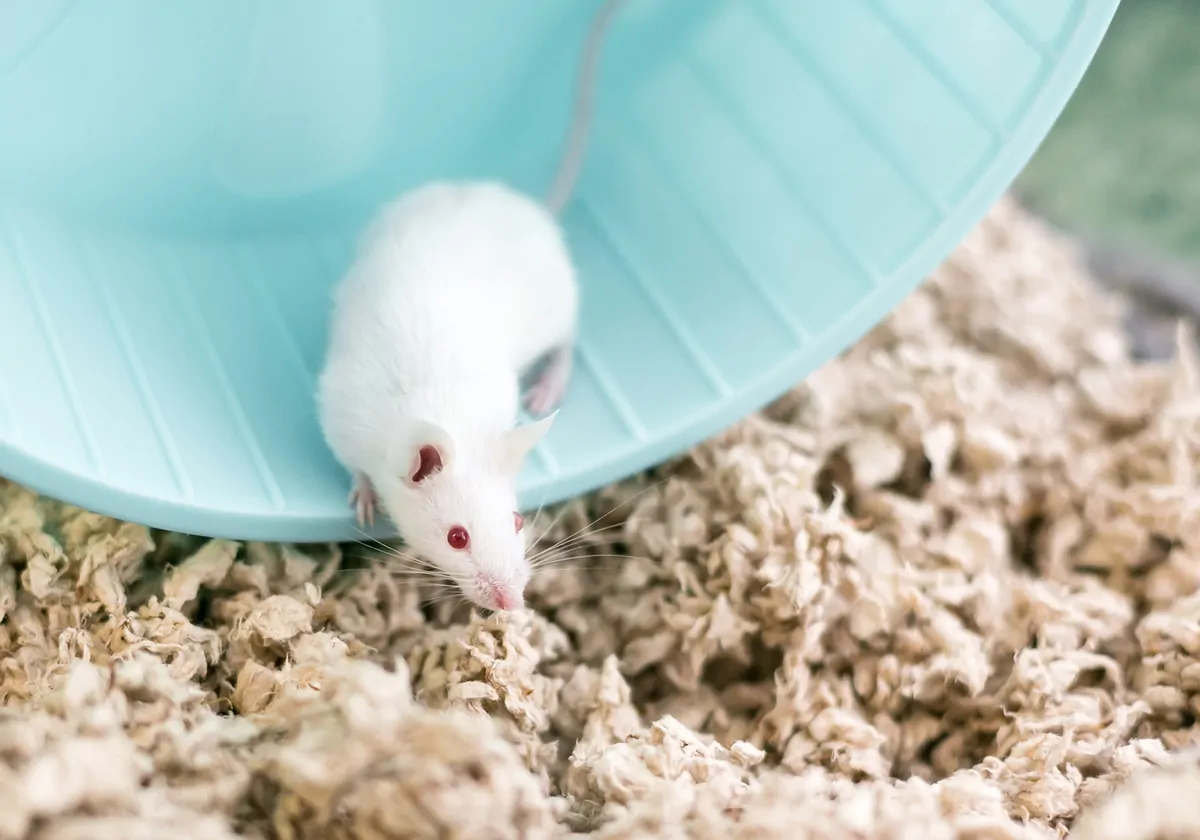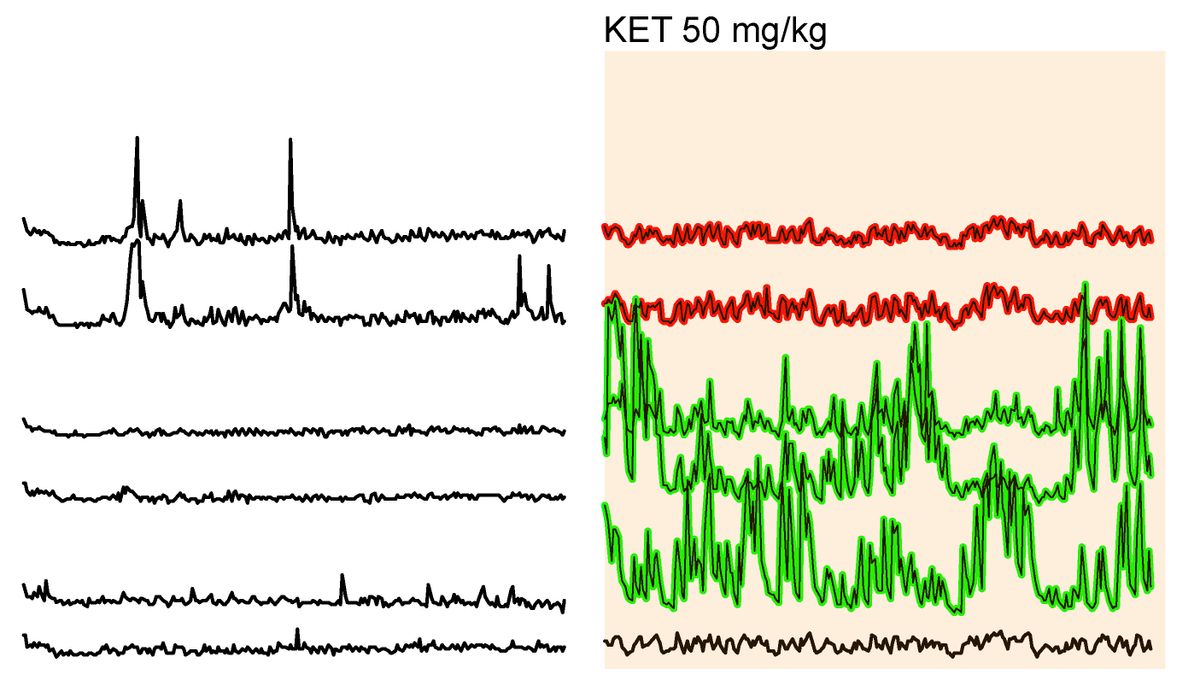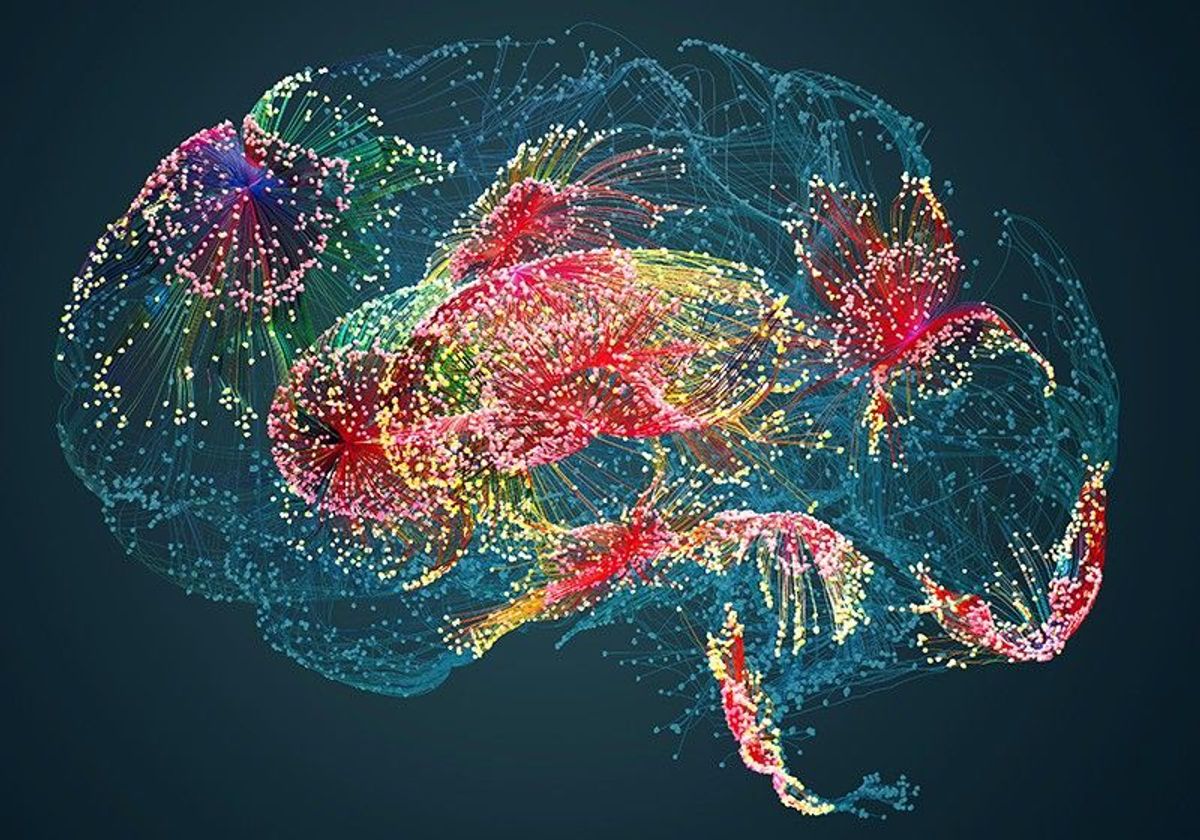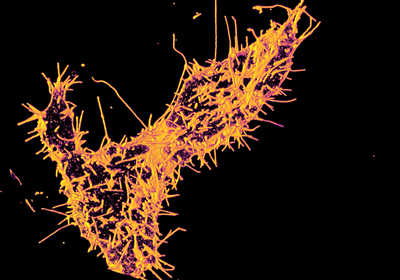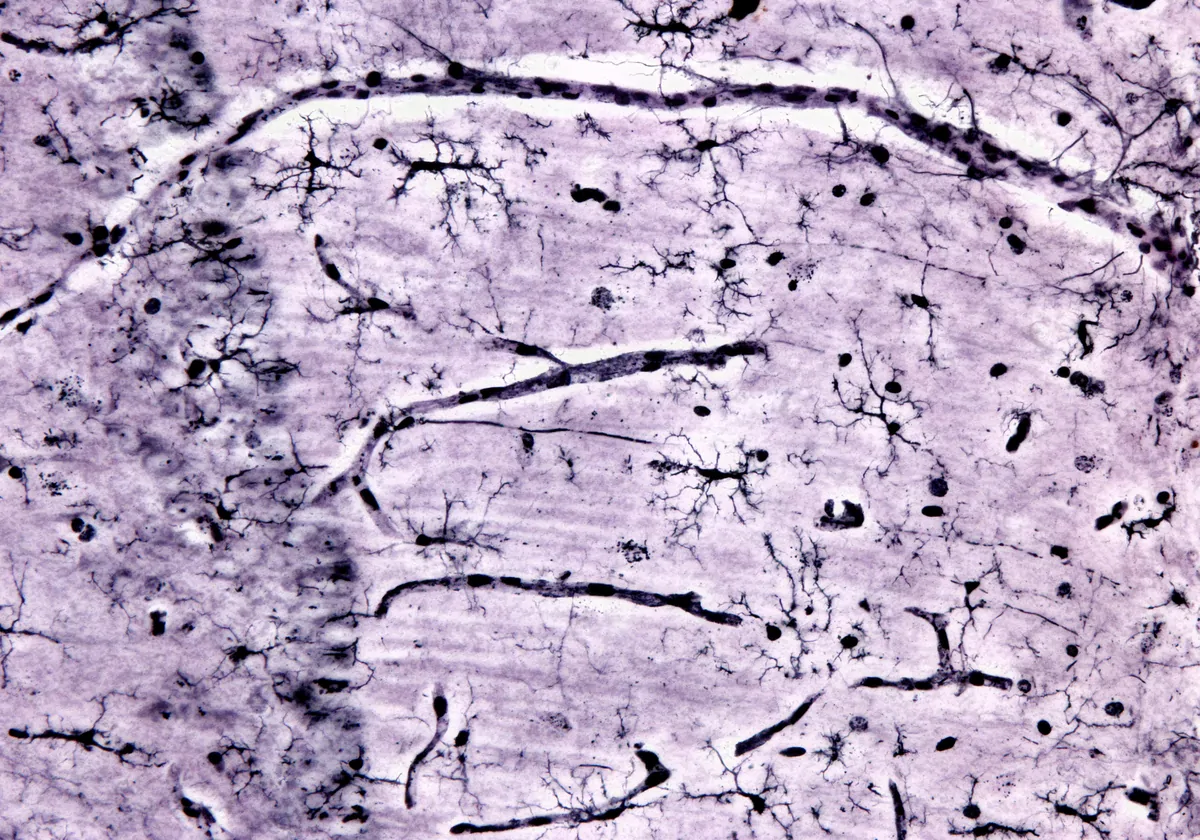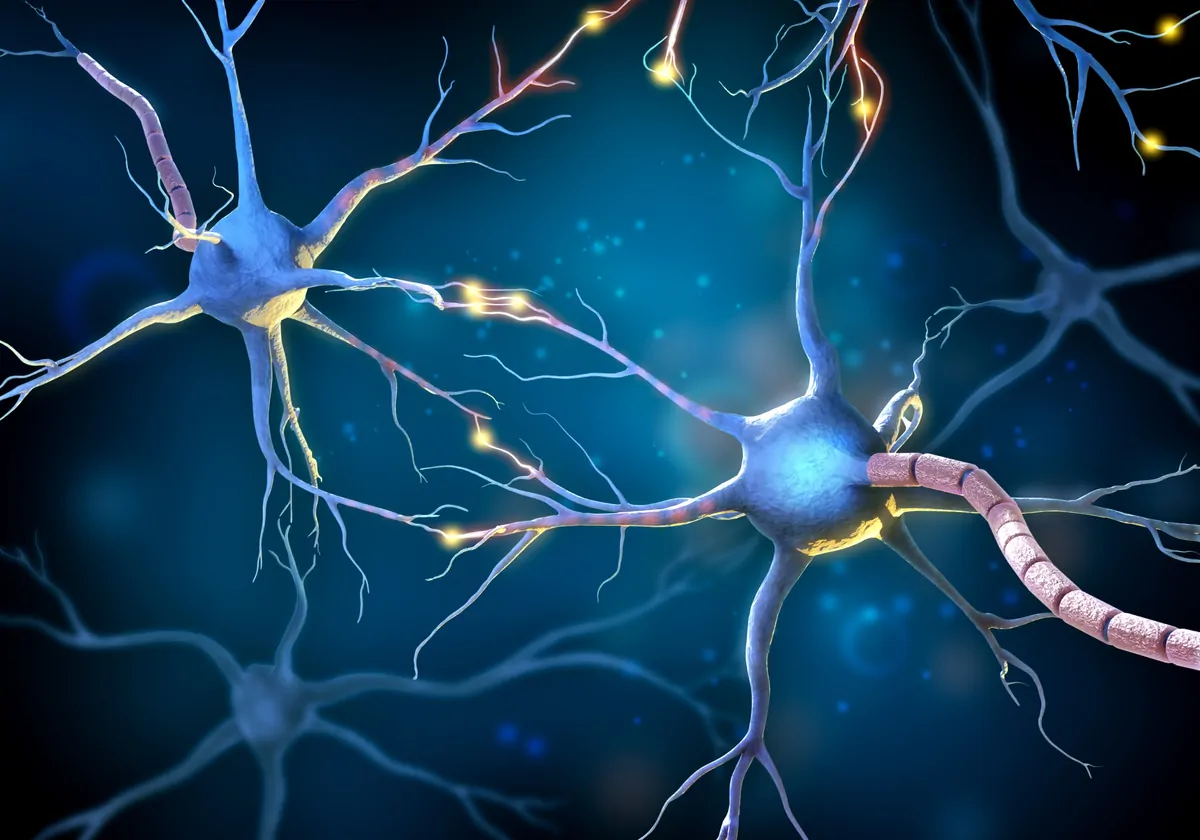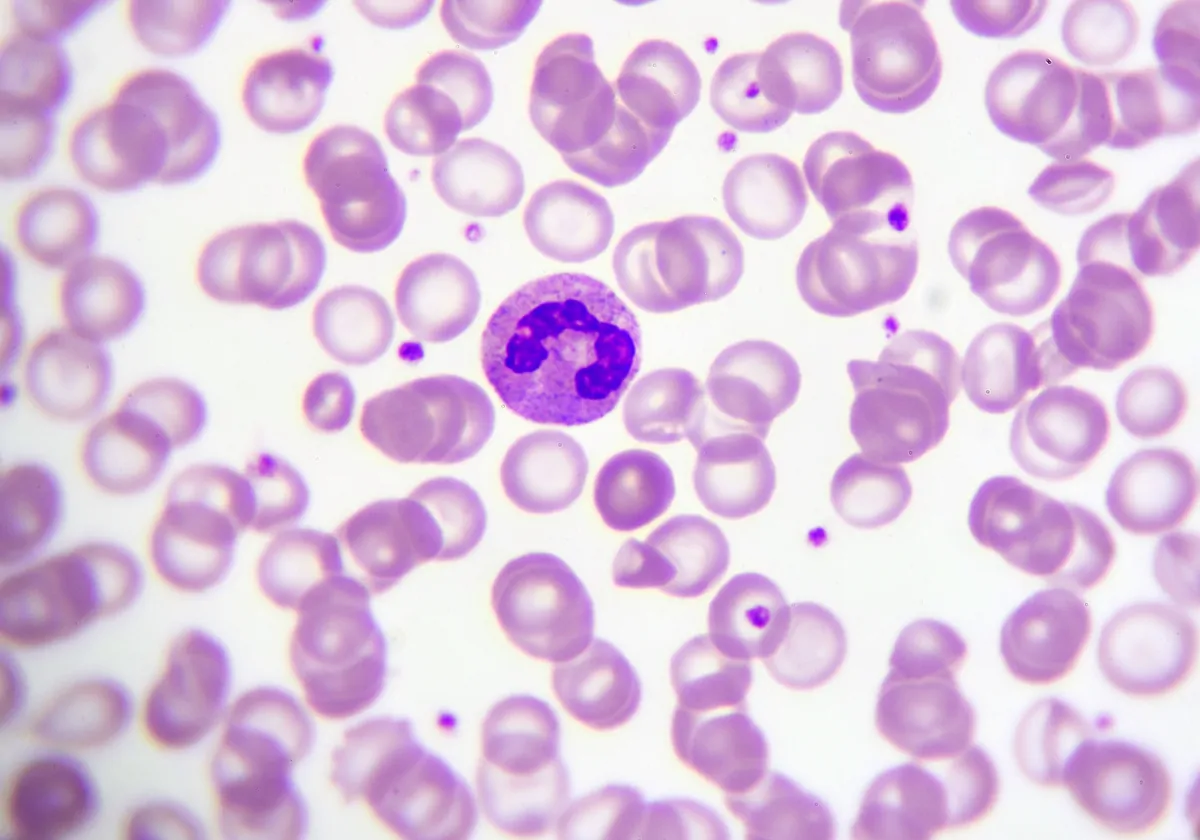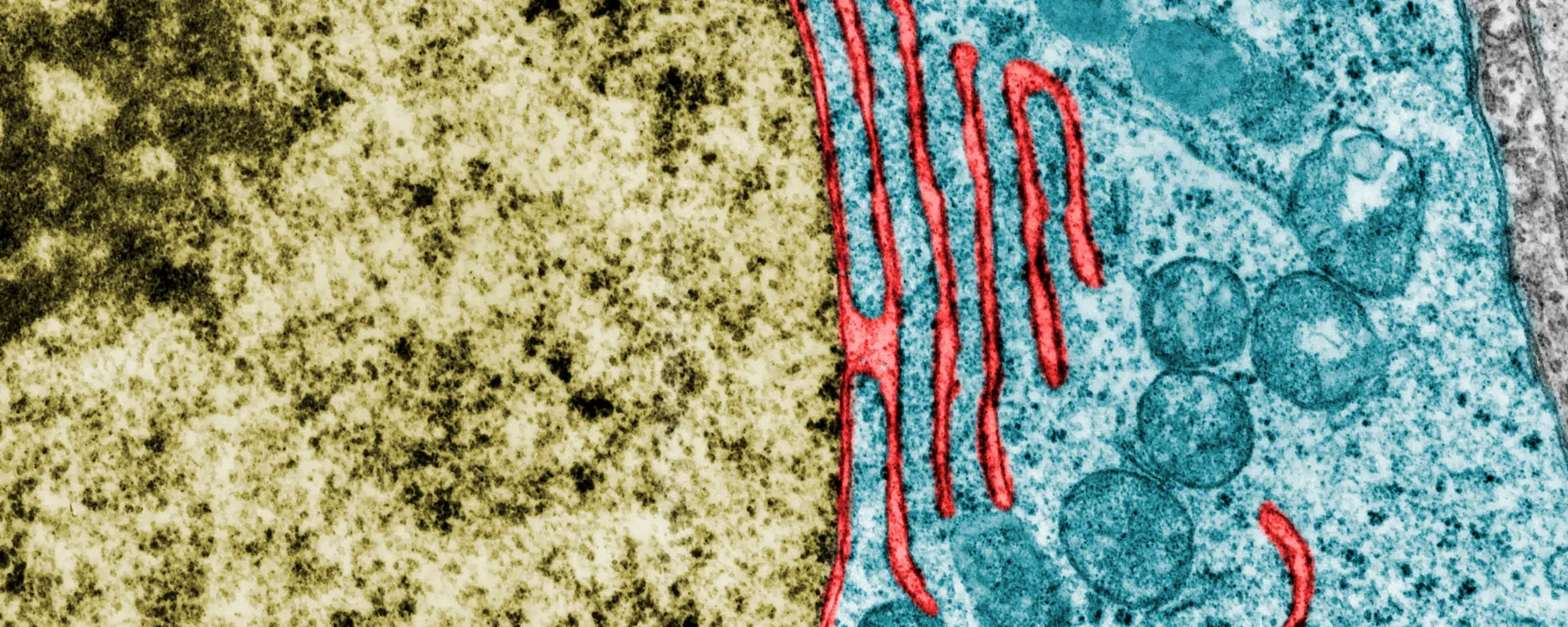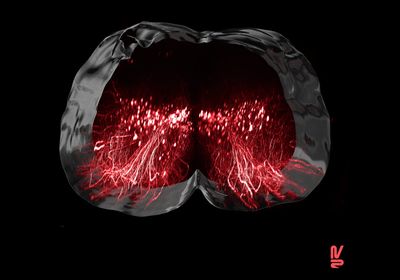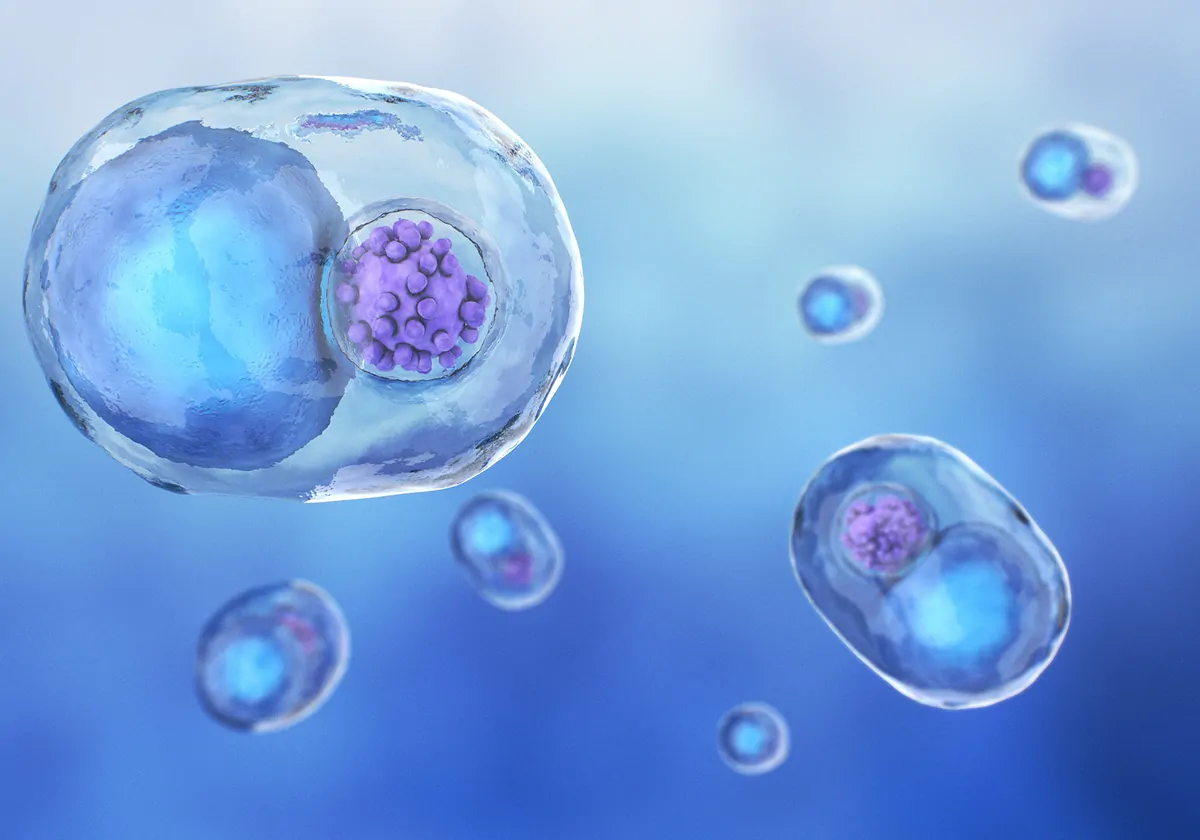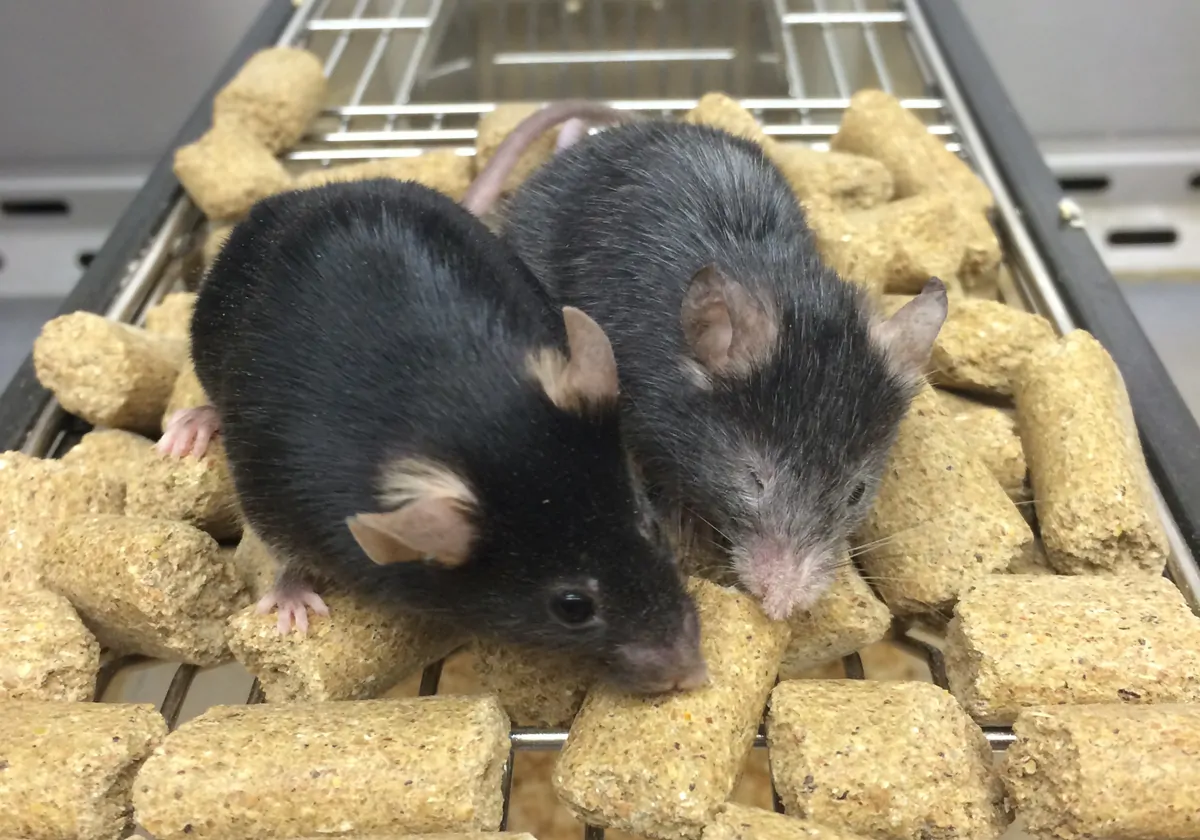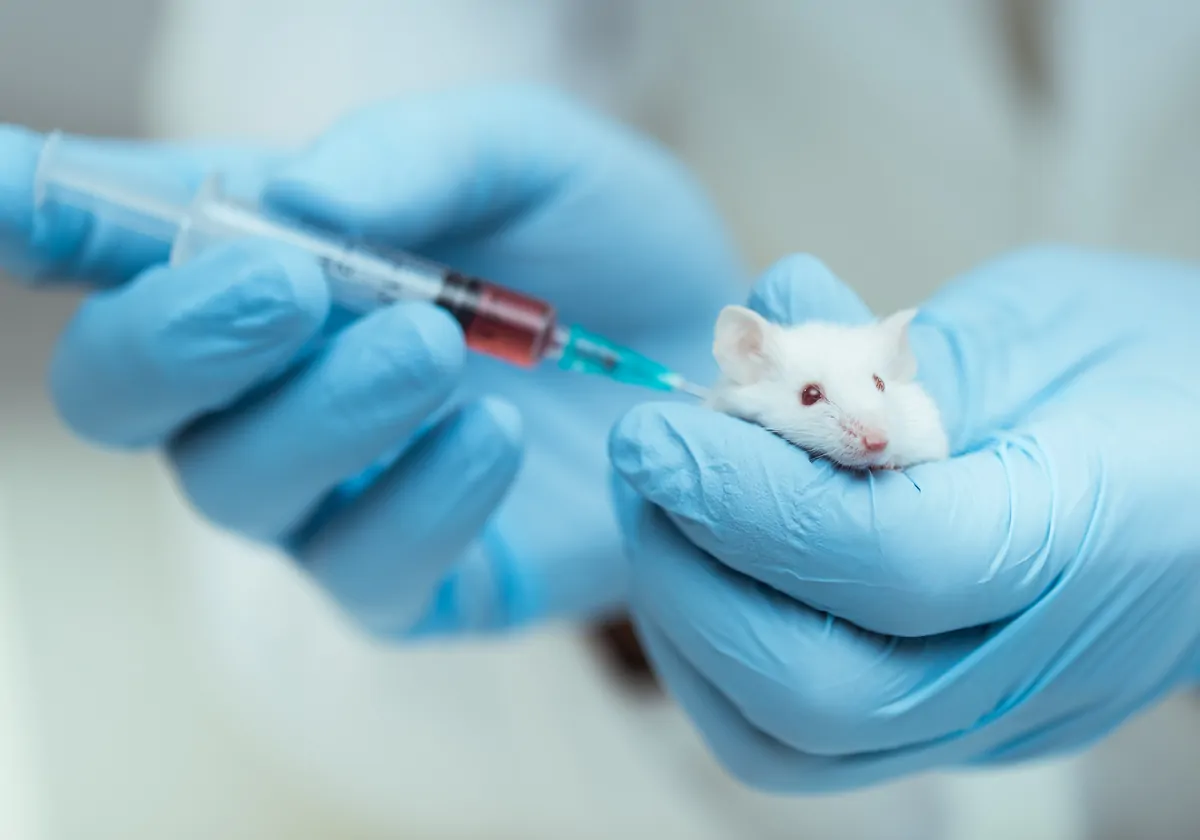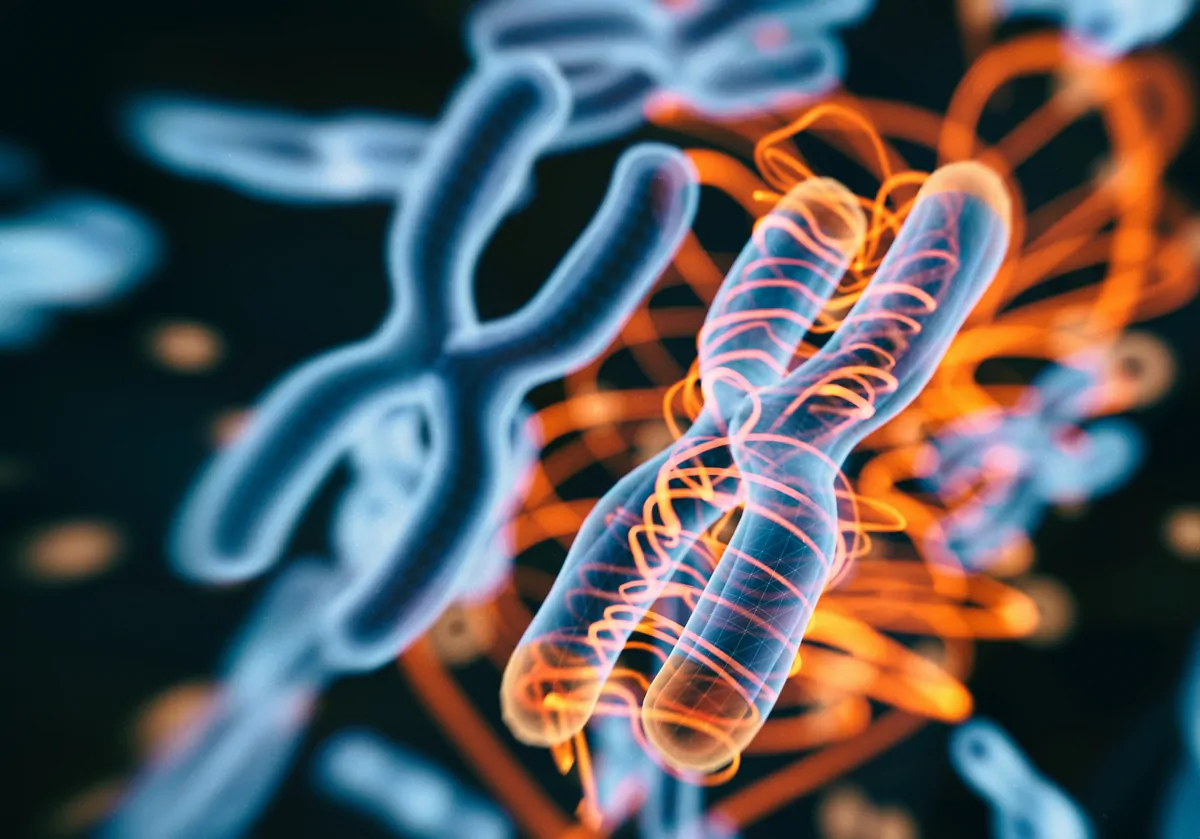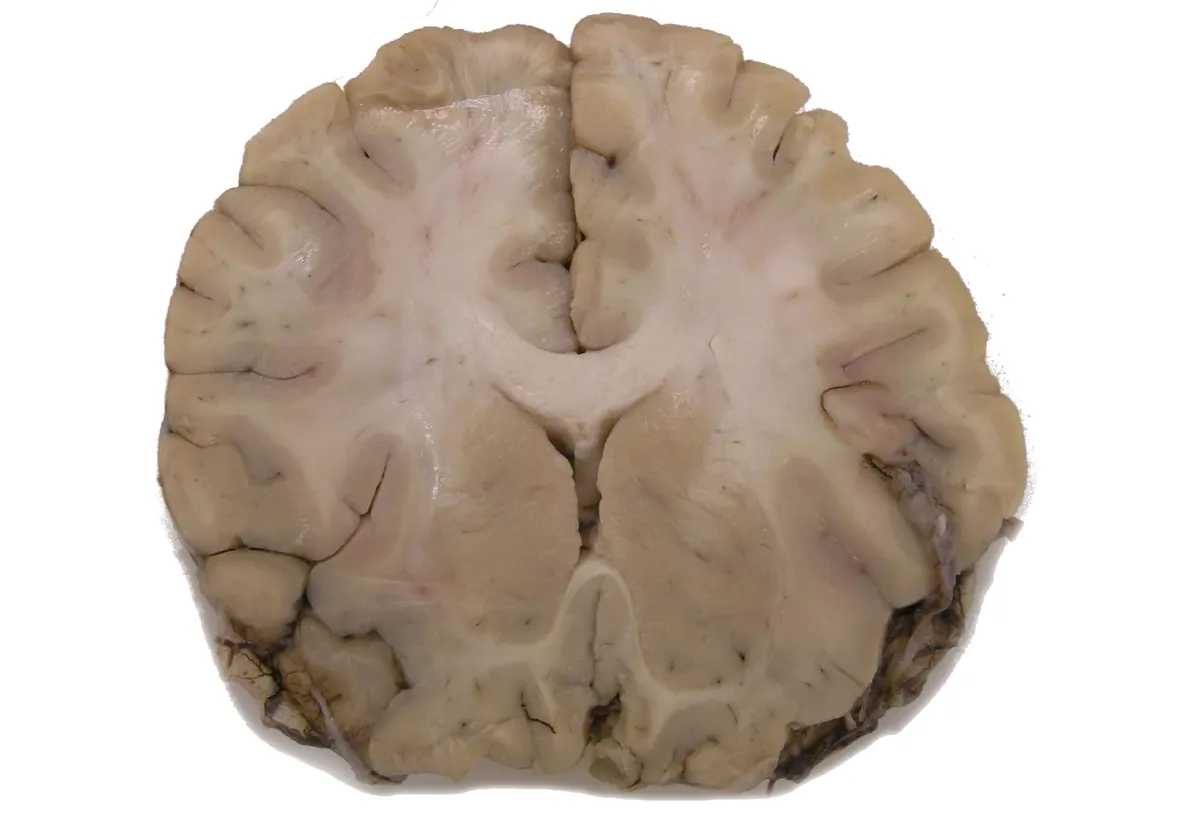The discovery could one day lead to the development of better antinausea medications.
ABOVE:Staphylococcus aureus© ISTOCK.COM, ARTUR PLAWGO
Nausea is a universally unwelcome feeling, but despite such widespread aversion, very little has been learned about the mechanism that causes an organism to vomit. That’s now changed with a report published yesterday in Cell that describes a neural pathway that purportedly controls retching in mice. The finding could lay the foundation for the development of new antinausea drugs, particularly for chemotherapy patients, according to a news release from the journal.
When someone eats food containing certain bacteria, the microbes generate toxins that are detected by the brain. The brain then induces a variety of defensive responses designed to get the toxins out of the body. These include retching and vomiting, the study authors write, as well as feelings of nausea, which they say teaches the host to avoid the contaminated food in the future. Although these toxin responses are typically useful for survival, they are also responsible for a side effect of chemotherapy, they add. According to The New York Times, the nausea caused by chemotherapy drugs can make food unpalatable, resulting in difficulty maintaining weight. Peng Cao, a neuroethologist at Tsinghua University in Beijing and coauthor of the study, says he wanted to figure out what exactly was causing this nausea.
“If we want to get better medications, we need to know the detailed mechanism,” he tells the Times.
Cao and the rest of the team wanted to perform their experiment on mice, but the animals aren’t able to vomit. However, the researchers found that when mice were given staphylococcal enterotoxin A (SEA), a toxin produced by the pathogenic bacteria Staphylococcus aureus, they made facial expressions with wide and contorted mouths, and contracted their abdominal muscles in a similar way to dogs when they are about to vomit. Mice given saline solution as a control did not have the same reaction. The researchers concluded that the mice that ingested SEA were doing something akin to dry heaving or retching, which served as a proxy for vomiting in other animals.
See “T Cells That Drive Toxic Shock in Mice Identified”
Examining mice that had received SEA, the researchers found that the toxin induced the release of the neurotransmitter serotonin. The serotonin activated sensory neurons in the intestine, which sent signals to what is known as the dorsal vagal complex (DVC), a region in the brainstem that is thought to control digestive processes. They found that these signals primarily triggered activity in Tac-1+ neurons; when Cao and the team found a way to inactivate Tac-1+ neurons in the DVC, the mice retched significantly less.
The scientists found that the chemotherapy drug doxorubicin also caused retching, indicating that chemotherapy drugs and bacterial toxins induce similar defensive neural responses. Moreover, when they repeated the inactivation of Tac-1+ neurons before giving mice doxorubicin, the mice once again retched less than those whose neurons were unaltered did after receiving the drug. Knowing this, and better understanding the pathways that lead to nausea and vomiting, could be an important first step in developing better antinausea drugs and improving the quality of life of chemotherapy patients, Cao tells the Times, provided the results are mirrored in humans.
“It’s a new and exciting field of research about how the brain senses the existence of pathogens and initiates responses to get rid of them,” he says in the journal’s news release.



